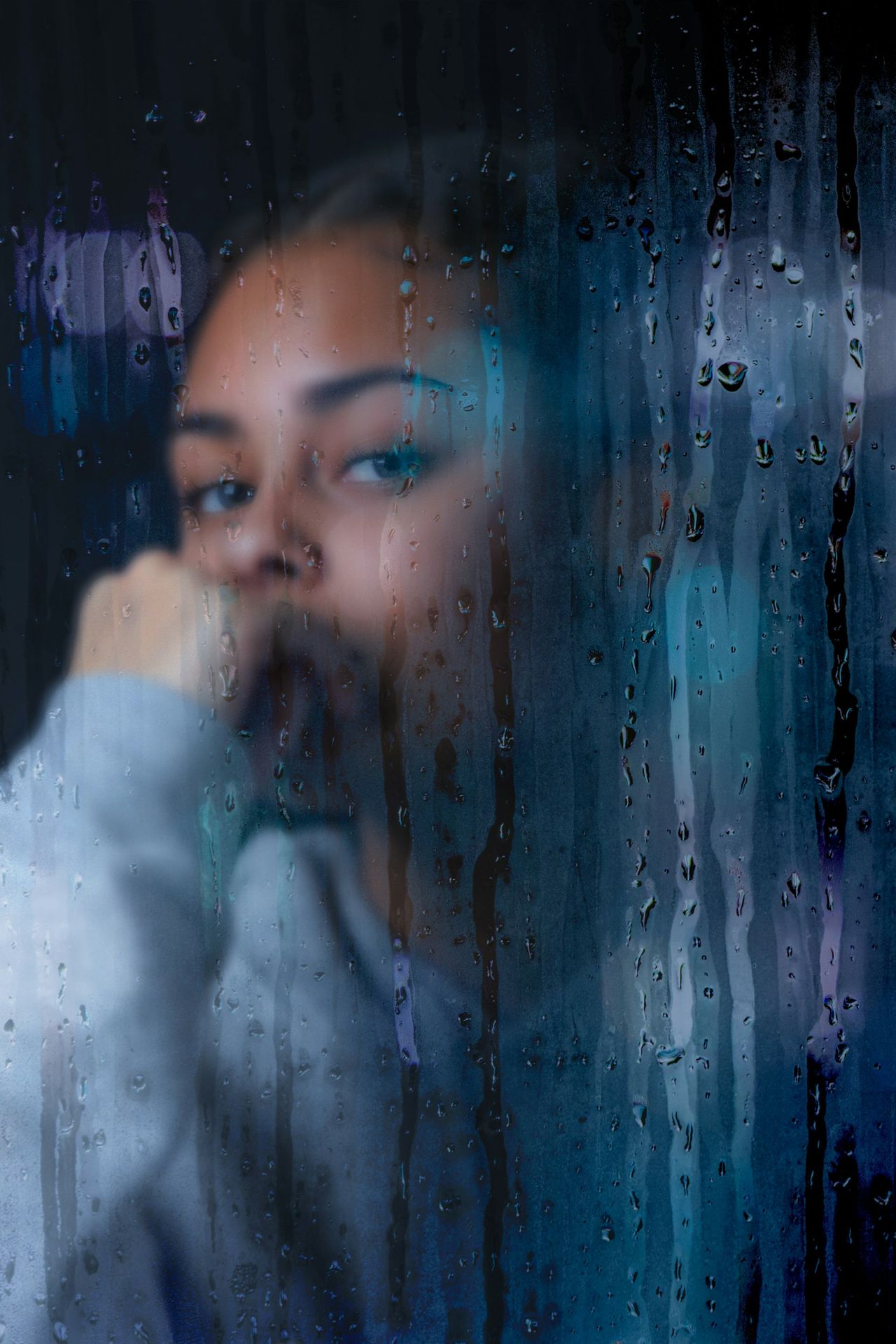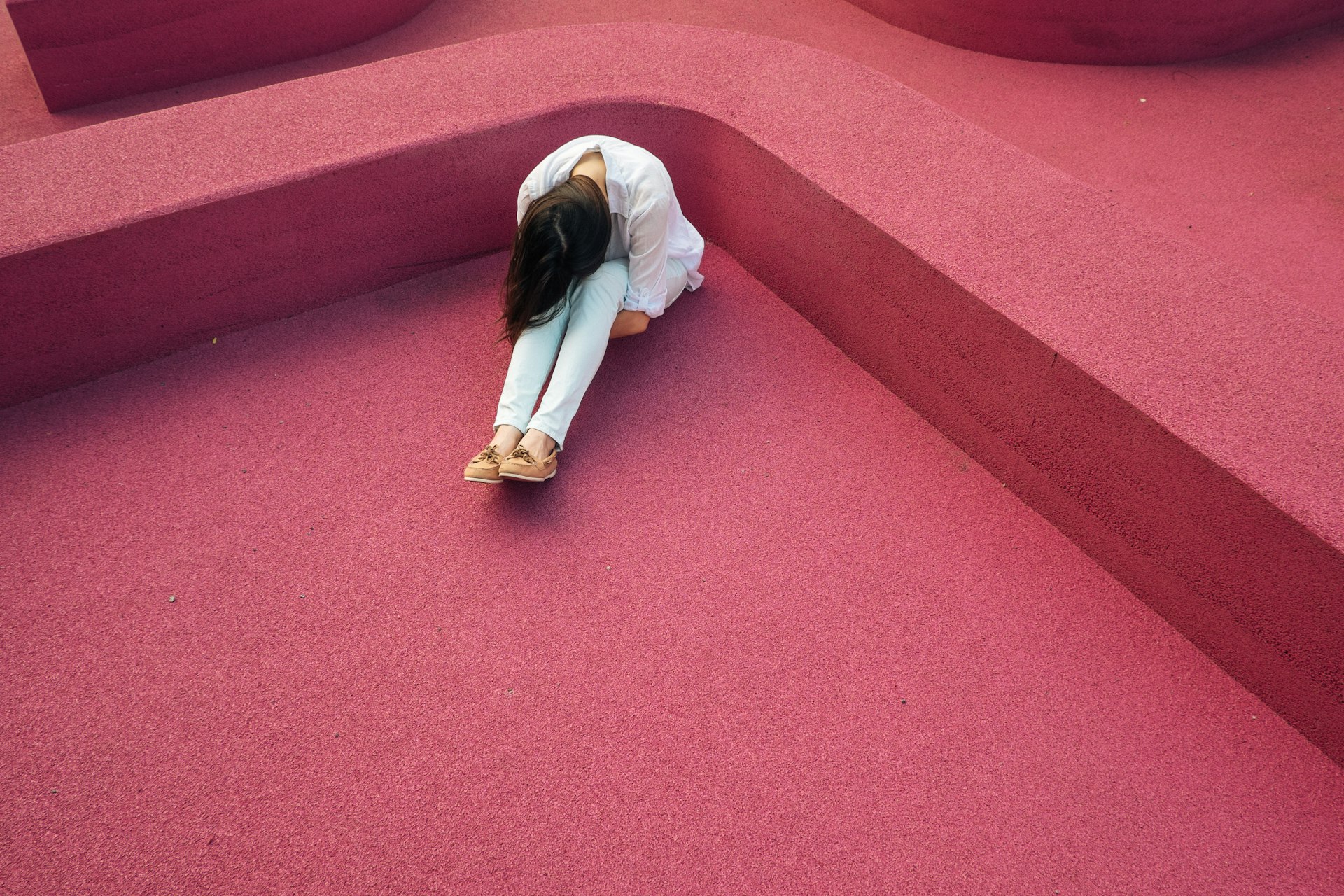Creativity’s Double-Edged Sword
Creativity is such a wonderful and vibrant force! It’s what brings an artist’s canvas to life, makes a musician’s melody resonate with our hearts, and allows a photographer’s shot to convey a story without uttering a single word.
But let’s be real: being a creative professional can sometimes feel like a mental marathon.
Whether you’re a writer, designer, musician, filmmaker, or any kind of artist, the emotional ups and downs of your work can be quite the ride. One moment, you’re bursting with inspiration; the next, you might find yourself doubting your abilities. You’re balancing client deadlines, personal projects, financial worries, and — perhaps the toughest of all — the pressure to keep raising the bar for yourself.
If you’ve ever noticed that your mental health takes a hit because of your creative endeavors, know that you’re in good company. In this blog, we’ll dive into:
- The connection between mental health and creativity
- How our emotions can either fuel or hinder our creative flow
- The weight of expectations (from others and ourselves)
- Helpful tips to safeguard your mental well-being while still nurturing your art
The Connection Between Creativity and Mental Health
Creativity goes beyond being just a skill; it is profoundly intertwined with our emotions. In the process of creating, we draw upon our personal histories, feelings, and imaginative insights. This emotional depth is what gives our work its strength, yet it also makes it inherently vulnerable.
Research indicates a strong link between creativity and emotional states. While artists often possess deep emotional awareness that enhances their storytelling, this sensitivity can also lead to increased anxiety and burnout.
Why does this happen:
- Emotional intensity – Creative people often feel emotions deeply, which can be overwhelming without healthy coping tools.
- Perfectionism – The desire to make something “flawless” can lead to constant dissatisfaction.
- External judgment – Public feedback, reviews, and comparisons to other artists can cause stress.
- Isolation – Many creatives work alone for long stretches, leading to feelings of disconnection.
Creativity thrives on emotion, but without boundaries, it can also drain you.

How Emotions Influence Creative Output
Your emotional state can dramatically affect the quality and style of your work.
Positive Emotions = Flow State
When you're feeling happy, hopeful, or inspired, you might slip into a “flow” state — that delightful zone where time flies and you’re wrapped up in what you’re doing. Good vibes often boost:
- More ideas
- Greater risk-taking and experimentation
- Higher motivation to complete projects
Negative Emotions = Depth (and Sometimes Stagnation)
Some of history’s most profound art was born from sadness, heartbreak, or anger. Negative emotions can lend depth, vulnerability, and authenticity to your work. However, staying in this space too long can make it harder to finish or share your art.
Emotional Overload
When emotions are too intense (whether positive or negative), they can block creativity. You might feel “stuck,” unable to start, or lose confidence in your ideas.
Key takeaway:
Understanding your emotional patterns can help you work with your feelings, instead of against them. This is why managing your mental health isn’t just about “feeling better” — it’s about sustaining your creative capacity.
The Pressure of High Expectations
One of the most common mental health challenges in creative fields is pressure — both external and internal.
External Pressure
- Clients who want perfection on a tight deadline
- Audiences are expecting your next project to be better than your last
- Industry competition is making you feel like you have to work faster or harder to “keep up”
Internal Pressure
- The voice in your head saying your work “isn’t good enough”
- Comparing your progress to others
- Feeling like every project must be a masterpiece
This pressure can lead to:
- Imposter syndrome – Believing your success is a fluke
- Burnout – Emotional and creative exhaustion
- Loss of joy – When art becomes only about meeting expectations, not expressing yourself

Strategies to Protect Your Mental Well-Being
Taking care of your mental health as a creative isn’t about dodging stress completely — it’s about finding that sweet spot of resilience and balance so you can keep your creative juices flowing without feeling overwhelmed.
Here are practical, proven strategies:
Set Boundaries Between Work and Rest
Your brain needs recovery time to stay creative. Without it, your ideas will feel flat.
How to do it:
- Create “no-work” hours — especially in the evenings or weekends
- Use a separate space for work so your home doesn’t always feel like your office
- Resist the urge to check work messages at all hours
Redefine Success
Instead of chasing constant perfection, set goals you can reach.
Example: Instead of “My next project has to go viral,” try “I want to create something I’m proud to share.”
By focusing on process over perfection, you reduce the anxiety that comes from chasing unrealistic standards.
Practice Mindfulness
Mindfulness keeps you grounded and helps you manage emotional swings.
- Try short daily meditations
- Use breathing exercises before starting work
- Keep a journal to track your emotions and creative patterns
Even 5 minutes of mindfulness can shift your mindset before creating.
Learn to Say No
It’s easy to want to say yes to every chance that comes your way, especially when you’re just starting. However, taking on too much can lead to feeling overwhelmed.
Before saying “yes,” ask:
- Do I have the time and energy for this?
- Does it align with my creative goals?
- Will it inspire me or drain me?
Stay Connected
Creativity can be isolating, but connection fuels mental health.
- Join a community of artists or creatives
- Share your work with trusted peers for support, not just critique
- Talk openly about mental health with friends and colleagues
Move Your Body
Physical health supports mental health — and by extension, creativity.
- Walk daily (bonus points if it’s outdoors)
- Stretch between creative sessions
- Try activities that get your heart rate up — dance, cycling, yoga
Separate Self-Worth from Productivity
Your true value goes beyond what you produce. Embrace the fact that creativity is just one facet of your identity. It's essential to permit yourself to rest without any feelings of guilt—recharging is vital for your growth!
Seek Professional Support
Reaching out for support can be one of the most transformative forms of self-care. Engaging with therapists, counselors, or creative coaches can empower you to overcome stress, anxiety, and creative hurdles, allowing you to rediscover your passion and vitality.

Building a Sustainable Creative Practice
To ensure your creative journey flourishes over time, it's vital to adopt a sustainable process. By intentionally shaping a work style that prioritizes both your artistic vision and your mental health, you set yourself up for lasting fulfillment and success.
Create Routines
Unlike the “mad artist” trope, a significant number of thriving creatives depend on established systems. Their daily habits:
- Reduce decision fatigue
- Keep you on track during low-motivation days
- Make creativity a habit, not just an occasional burst
Plan Recovery Periods
After an intense project, take intentional breaks. Recovery might look like:
- Traveling
- Exploring hobbies unrelated to your main creative field
- Spending time in nature
Keep Inspiration Flowing
Regularly feed your creativity with things that inspire you:
- Attend live performances, art shows, or exhibitions
- Read books outside your usual genre
- Experiment with new tools or mediums without pressure to “publish” the results
Monitor Your Energy
Track your energy patterns — are you more creative in the mornings or evenings? Do certain activities drain you? Adjust your schedule to work with, not against, your natural rhythms.
When Creativity Hurts: Signs That It’s Time to Pause
There’s a difference between pushing through normal creative challenges and harming your mental health in the process. Watch for signs like:
- Persistent fatigue or burnout
- Loss of interest in your work
- Feeling anxious or depressed most days
- Physical symptoms like headaches, muscle tension, or insomnia
If you notice these, give yourself permission to step back and reset. Your creativity will thank you.
Key Takeaways: Safeguarding Your Art and Mind
Creativity is a gift — but it’s also work that demands a lot from your emotions and mind. Protecting your mental health isn’t selfish; it’s essential.
When you care for your well-being, you’re not only investing in yourself — you’re ensuring your art stays vibrant, authentic, and sustainable. You’re proving that you don’t have to sacrifice your health for your creativity.
Remember:
- Your emotions are a tool, not a trap
- High expectations don’t define your worth
- Your best work comes when your mind is cared for
So, create boldly — but also rest deeply. The world needs your art, but it needs you even more.
Prioritizing Mental Wellness and Creative Genius: Empower Yourself to Thrive in a High-Pressure World